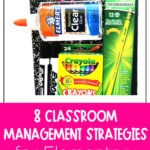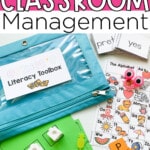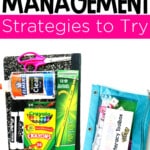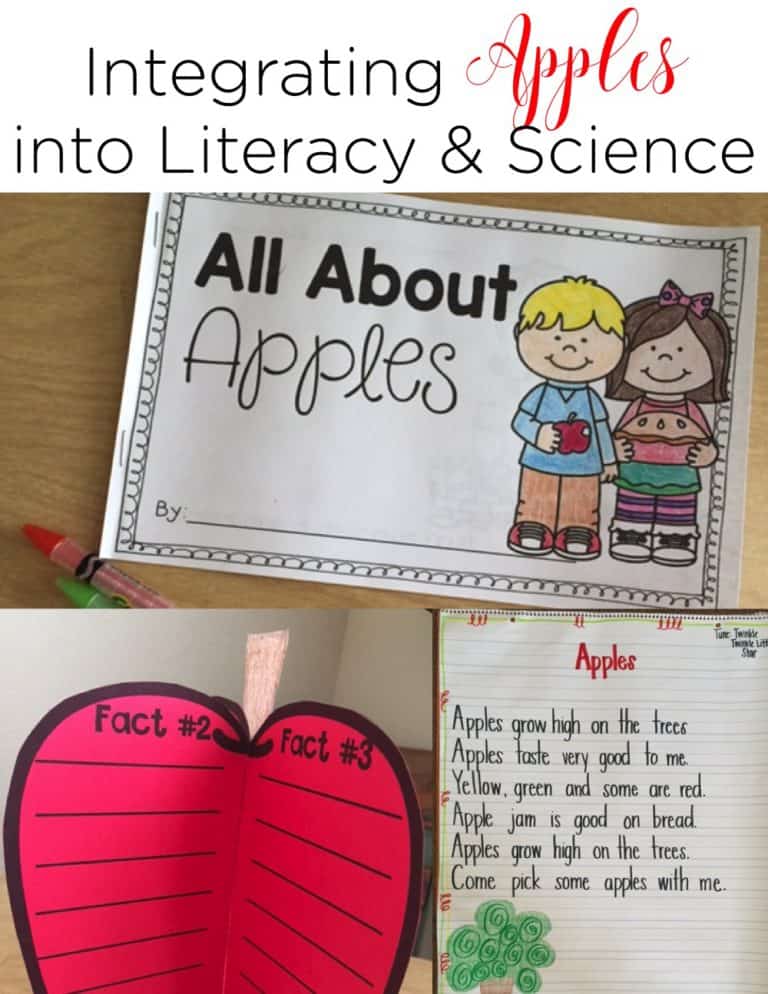


When it came to being a teacher, one area that I felt confident in was classroom management. Little did I know, this is something that would have to change constantly. There are so many different styles of classroom management strategies and areas that needed “management” that I didn’t even realize! I’m pretty sure I have tried them all! From learning how to manage behavior and school supplies to creating a classroom community, there were just so many things to think about.
If you’re starting to consider what your classroom management strategies will look like for next year, or even if you’re wanting some fresh ideas, you’re in the right place! I’ve asked a few current and veteran teachers to share their best tips for classroom management.
Whether you’re a seasoned pro or just starting out on your teaching journey, these tried-and-true techniques will equip you with the tools you need to navigate the daily adventures of elementary school teaching.
When it comes to school supplies, most teachers have an idea of how to collect and store them. But do you take into consideration what to do if students move away? I’m sharing one of my favorite ways to store supplies in a more transient classroom! It all starts with simply a zip-top gallon bag and a permanent marker.
Read all about it on my blog here. And speaking of managing classroom supplies…Literacy Toolboxes are a great way to manage personal literacy manipulatives.
I would create a toolbox for each student. Your small groups will need their literacy tools at their fingertips. Plus, when each child has their own set of literacy manipulatives, it’s much easier to manage and find everything they need. They just pull out their toolbox!
You can read more about how I set them up and get the FREE download of an alphabet chart, letter tiles, Elkonin boxes, and sight word cards on my blog HERE!
Creating a classroom promise or pledge as a class, is an effective way to establish a positive and respectful learning environment. Amy Lemons suggests having a discussion with students about the values and behaviors that they would like to see demonstrated in their classroom.
As a class, create a classroom promise that everyone agrees to follow. This allows students to take ownership of their learning environment as well as fosters a sense of classroom community. A classroom promise can include statements about treating others with kindness, respecting one another, working cooperatively, and more! By working together to create the classroom promise, students will feel like they are part of a positive classroom community.
To have a positive classroom that manages itself and runs smoothly all year, Tammy from The Owl Teacher suggests you take some time to really know your students. When we know our students’ interests, learning styles, and backgrounds, it makes it a lot easier to create a classroom community that is tailored to the needs of the individual students.
In turn, your classroom begins to work together like a well-oiled machine. While behavioral problems won’t be completely eliminated, they will be significantly reduced. When you do have problems, it’ll help you understand the “why” behind it and help you decide the right approach when addressing it.
She has 10 ideas to help you get to know your students and you can grab a free interest inventory to use!
Angela, from The Daily Alphabet, has a fantastic classroom management tip to share. She uses a taps jar filled with mini-erasers to reward students for doing the right thing in line. When Angela sees a student making the right choices, she simply taps them. Later, the students can pick out an eraser from the jar as a prize. It’s a fun and effective way to promote positive behavior as your class travels around the school. Give it a try and see the difference it makes!
Do you dread having your students work in collaborative groups because of how loud they get? Getting your students to quiet the chatter can be a challenge, but Leigh from The Applicious Teacher has a super simple tip to share! Before starting a lesson, give clear expectations as to the voice level you expect students to use while participating.
For example, a voice level 0 (no talking) while the teacher is talking, then a 2 (group talk) while they chat as a group. If students get too loud, stop the activity and review the expectations again! Click here to check out 4 other tips for helping you quiet the chatter in your classroom and grab some free resources while you’re there!
Classroom management is crucial in creating a positive and productive learning environment as a teacher. Trina from Trina Deboree Teaching and Learning suggests it’s not all about rules and consequences. Building rapport with your students and promoting class-building activities can make all the difference in how your students respond to you.
One fun way to build rapport with your students is through the classic game of Would You Rather. This free game allows for open communication and gives students insight into each other’s personalities. It also creates a comfortable atmosphere where everyone can participate without feeling judged. Incorporating class-building activities into your lesson plans is another effective way to promote good behavior in the classroom.
These activities, from team-building exercises to group projects, help create a sense of community within the class and encourage student collaboration. By building relationships with your students, you’ll find that managing your classroom becomes much easier – and more enjoyable too!
Ronnie from A Teacher’s Wonderland has some great ideas about building relationships the first few weeks of school. Establishing positive relationships in the classroom is a top priority during the first few weeks of the school year.
This product offers a comprehensive plan to achieve this, with an array of lessons that focus on building connections among students. In week one, teachers can initiate activities that help students find commonalities and learn about each other’s interests.
During week two, the focus shifts to making friends and overcoming disagreements. Week three emphasizes collaboration and teamwork, teaching students how to communicate effectively and work together towards a common goal.
Finally, week four focuses on handling big emotions, providing strategies for identifying, and processing emotions like happiness, sadness, anger, and nervousness. Teachers can foster a classroom environment that is inclusive, supportive, and conducive to learning.
Marcy from Saddle Up for 2nd Grade introduces non-verbal hand signals in her class. These are used to help keep disruptions minimal while teaching. She displays these classroom management posters near the front of her classroom so that her students can always seem them. They simply hold up a nubmer with their fingers when they need something.
If it is an okay time, she gives them a thumbs up for permission. If she wants them to wait until she is finished she gives them a thumbs sideways and she responds with a thumbs down if it is something she does not want them to do at that time. You can find more classroom management strategies and tips on Marcy’s blog.
We know that managing a classroom full of energetic students can be both exciting and challenging. Save this post to easily come back to these practical classroom management strategies to help you create an organized and productive learning environment.
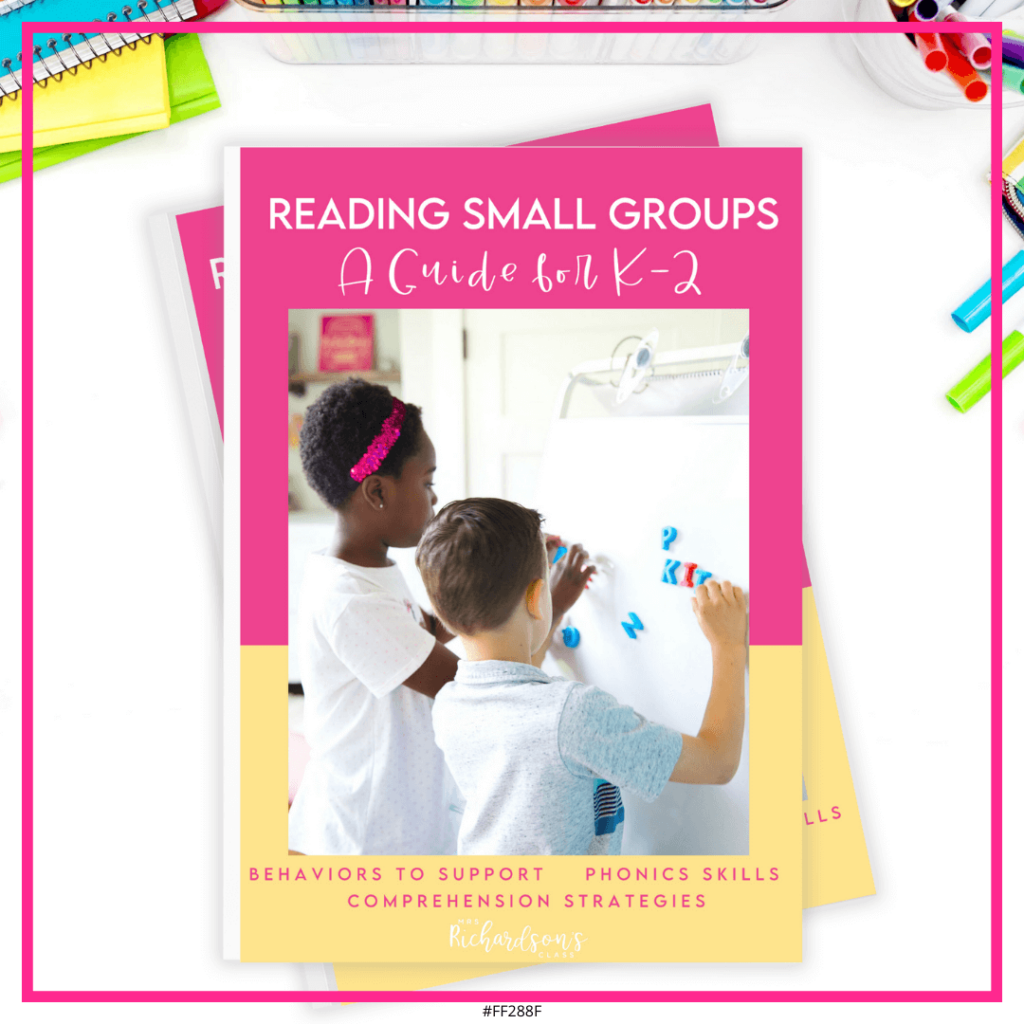
Want to use the latest research to boost your readers during small groups? This FREE guide is packed with engaging ideas to help them grow!
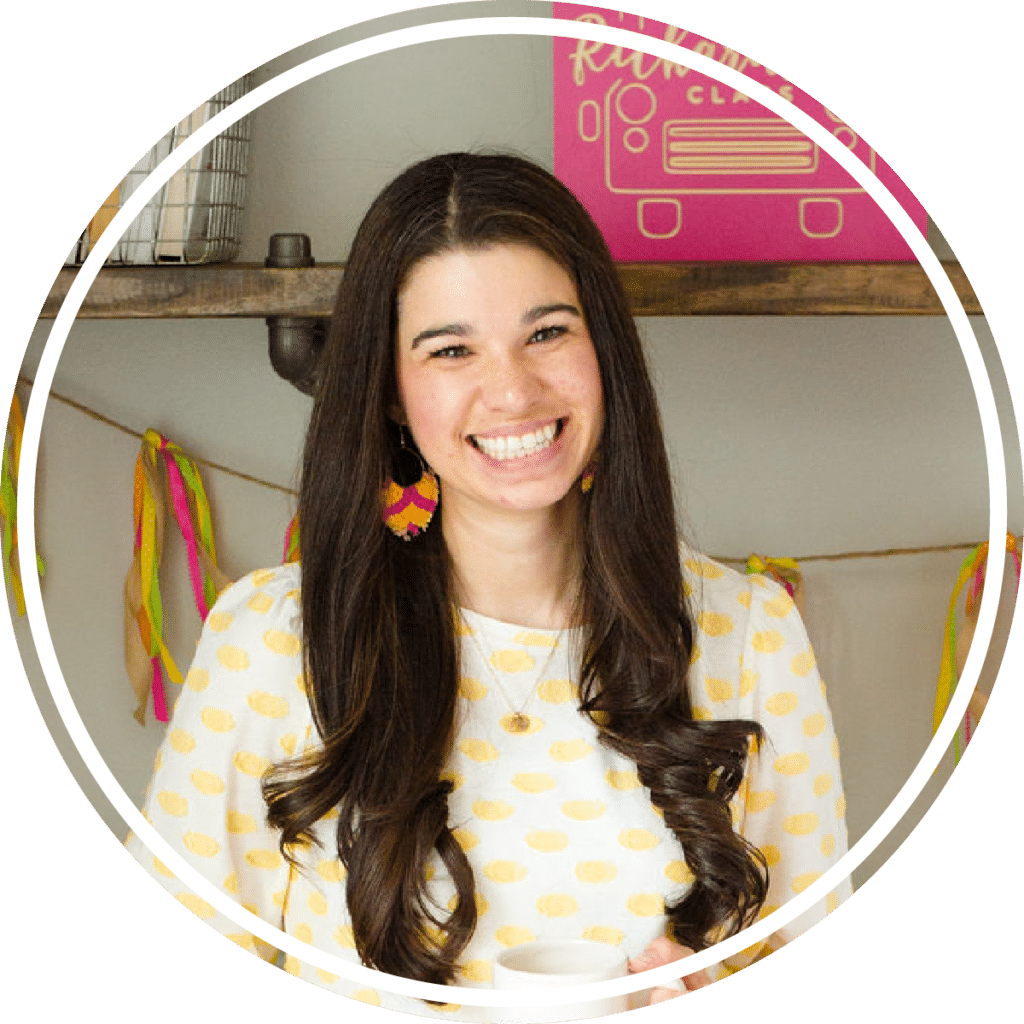
I’m a K-1 teacher who is passionate about making lessons your students love and that are easy to implement for teachers. Helping teachers like you navigate their way through their literacy block brings me great joy. I am a lifelong learner who loves staying on top of current literacy learning and practices. Here, you’ll find the tools you need to move your K-2 students forward!
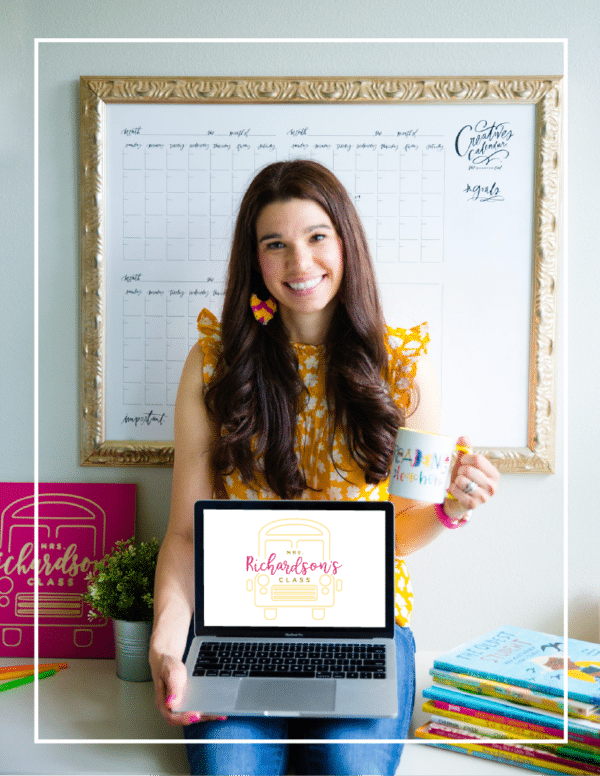
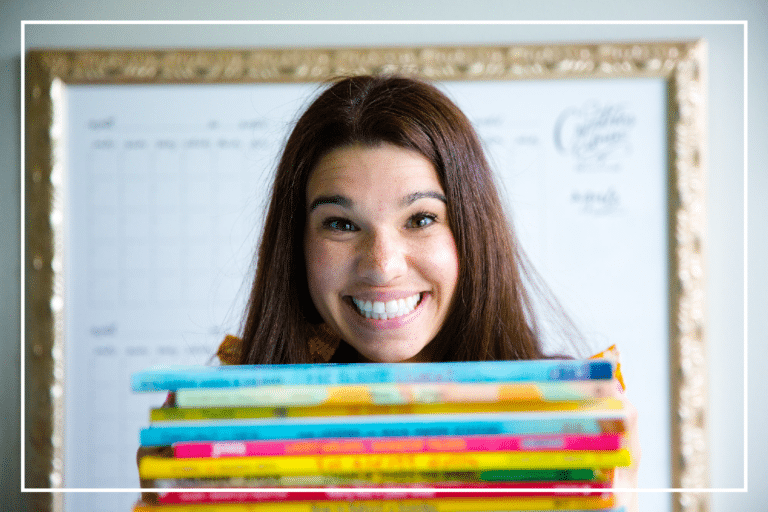
| Cookie | Duration | Description |
|---|---|---|
| cookielawinfo-checkbox-analytics | 11 months | This cookie is set by GDPR Cookie Consent plugin. The cookie is used to store the user consent for the cookies in the category "Analytics". |
| cookielawinfo-checkbox-functional | 11 months | The cookie is set by GDPR cookie consent to record the user consent for the cookies in the category "Functional". |
| cookielawinfo-checkbox-necessary | 11 months | This cookie is set by GDPR Cookie Consent plugin. The cookies is used to store the user consent for the cookies in the category "Necessary". |
| cookielawinfo-checkbox-others | 11 months | This cookie is set by GDPR Cookie Consent plugin. The cookie is used to store the user consent for the cookies in the category "Other. |
| cookielawinfo-checkbox-performance | 11 months | This cookie is set by GDPR Cookie Consent plugin. The cookie is used to store the user consent for the cookies in the category "Performance". |
| viewed_cookie_policy | 11 months | The cookie is set by the GDPR Cookie Consent plugin and is used to store whether or not user has consented to the use of cookies. It does not store any personal data. |
